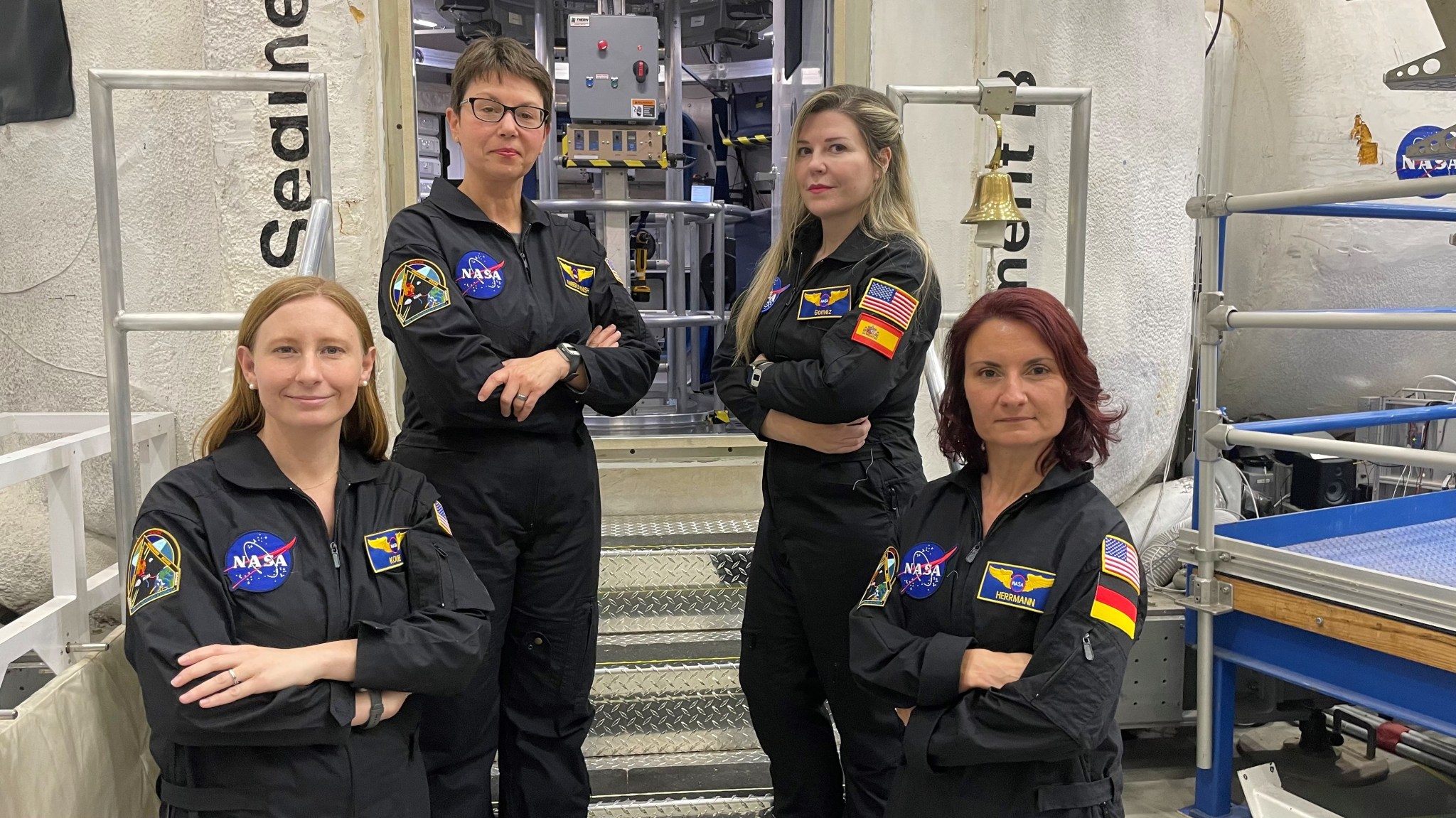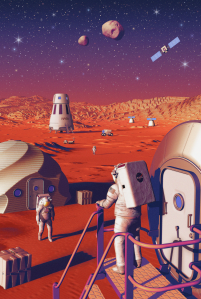Editor’s Note, Jan. 26, 2023: The crew roster for Campaign 6 Mission 4 of the Human Exploration Research Analog, or HERA, has been updated.
A new crew of four volunteers will soon simulate a trip to the Martian moon Phobos – all without leaving Earth.
Vanesa Gomez Gonzalez, Sandra Herrmann, Kimberly Knish, and Katie Koube will enter the Human Exploration Research Analog, or HERA, on Jan. 27, 2023. Once inside, they will live and work like astronauts for 45 days during their Phobos mission simulation. They will “return” to Earth by stepping outside HERA on March 13.
Housed at NASA’s Johnson Space Center in Houston, HERA enables researchers to study how crew members adjust to isolation, confinement, and remote conditions on Earth before NASA sends astronauts on deep-space missions. To help researchers learn about crew behaviors, the crew carries out various science and maintenance tasks inside HERA, such as analyzing rock samples in a glovebox and testing augmented reality capabilities. Crew members will also face the challenge of increasing communication delays with mission control as they approach Phobos. During this mission simulation, communication delays will last up to ten minutes (five minutes each way).
Insights from how crews perform these tasks and adapt to communication delays will help NASA develop strategies that enable crew members to become more autonomous, work better as a team, and communicate effectively to accomplish mission tasks. Using this data, researchers aim to optimize methods for Artemis missions to the Moon, as well as future journeys to Mars and beyond.
This crew marks the fourth group of volunteers to participate in HERA’s current research campaign. The most recent mission ended July 11.
The crew members are:
Primary Crew
Vanesa Gomez Gonzalez
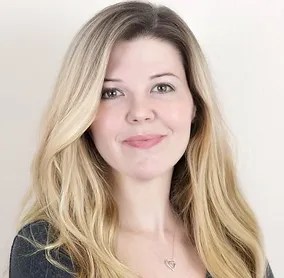 Vanesa Gomez, from Madrid, Spain, is an experienced software engineer who has worked for NASA for almost eight years. During her NASA career, she has worked at Ames Research Center and the Jet Propulsion Laboratory on projects involving air traffic simulations, quantum computing, robotics, and bioinformatics. Gomez earned a bachelor’s degree in computer science from the Universidad Politecnica de Madrid and a master’s degree in space studies from the International Space University in France.
Vanesa Gomez, from Madrid, Spain, is an experienced software engineer who has worked for NASA for almost eight years. During her NASA career, she has worked at Ames Research Center and the Jet Propulsion Laboratory on projects involving air traffic simulations, quantum computing, robotics, and bioinformatics. Gomez earned a bachelor’s degree in computer science from the Universidad Politecnica de Madrid and a master’s degree in space studies from the International Space University in France.
Through her passion for space and research, Gomez has participated in several space-themed studies, such as undergoing 6G forces in a centrifuge at the National Aerospace Training and Research Center in Southampton, Penn. She also served as a control subject for spatial awareness investigations in connection with space station research.
Sandra Herrmann
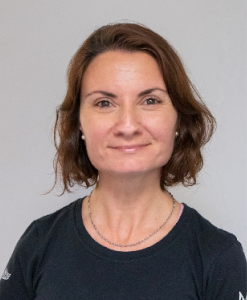 Sandra Herrmann is a marine laboratory specialist at the International Ocean Discovery Program, with more than 11 years of sea-going experience. She specializes in imaging systems and software testing and is responsible for educating a variety of scientists around the world.
Sandra Herrmann is a marine laboratory specialist at the International Ocean Discovery Program, with more than 11 years of sea-going experience. She specializes in imaging systems and software testing and is responsible for educating a variety of scientists around the world.
Her work focuses on teaching scientists how to use cameras, light microscopes, and stereo microscopes, as well as scanning electron microscopes on the scientific drilling vessel JOIDES Resolution. During her time on shore, she helps develop new software as a liaison between developers and the science community.
Herrmann earned her master’s degree in Earth science from the Freiberg University of Mining and Technology in Germany, and a doctorate in geology and micropaleontology from the Swiss Federal Institute of Technology in Switzerland.
Kimberly Knish
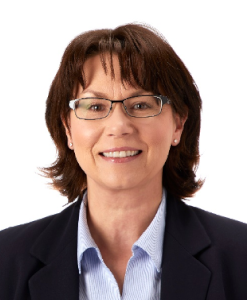 Kimberly Knish is the president and principal advisor of VitaMedical LLC, a professional services consultancy for medical device companies. Her role focuses on providing strategic and tactical services for groups in the health service sector involved with clinical and regulatory affairs.
Kimberly Knish is the president and principal advisor of VitaMedical LLC, a professional services consultancy for medical device companies. Her role focuses on providing strategic and tactical services for groups in the health service sector involved with clinical and regulatory affairs.
Knish’s prior clinical research experience spans private practice, consulting, and contract environments. She has also been involved with medical device companies, developing and leading global clinical trial teams. In addition, Knish has created and led global teams responsible for regulatory compliance and product approvals in more than 100 international markets.
Knish holds a bachelor’s degree in biology with a pre-medicine focus from the College of St. Benedict in St. Joseph, Minn., and a master’s degree in management from Cardinal Stritch University in Milwaukee, Wis. She has certifications in clinical research and regulatory affairs.
Katie Koube
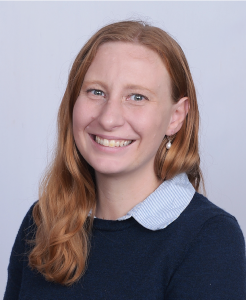 Katie Koube works on modeling, synthesizing, and testing simulated lunar soil at ICON, a company based in Austin, Texas, that specializes in creating 3D-printed habitats. Koube previously worked at SpaceX, where she helped refurbish and re-fly the thermal protection systems on the first Falcon 9 booster that successfully landed back on Earth.
Katie Koube works on modeling, synthesizing, and testing simulated lunar soil at ICON, a company based in Austin, Texas, that specializes in creating 3D-printed habitats. Koube previously worked at SpaceX, where she helped refurbish and re-fly the thermal protection systems on the first Falcon 9 booster that successfully landed back on Earth.
Throughout her career, Koube has worked with NASA, SpaceX, and several academic and national lab partners. She holds a doctorate in materials engineering from the Georgia Institute of Technology in Atlanta, with a focus on how to manufacture and 3D-print metals from raw materials available on the lunar surface. She obtained multiple bachelor’s degrees from Northwestern University in Evanston, Ill., double majoring in materials engineering and in Earth and planetary science with a focus in geophysics.
Former Primary Crew
John Donehoo
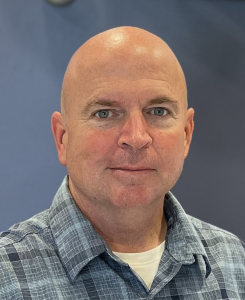 John Donehoo, from Freedom, Pennsylvania, is a licensed pharmacist with more than 20 years of clinical experience in ambulatory care, long-term care, retail pharmacy, and the pharmaceutical industry. He graduated from Duquesne University School of Pharmacy in Pittsburgh.
John Donehoo, from Freedom, Pennsylvania, is a licensed pharmacist with more than 20 years of clinical experience in ambulatory care, long-term care, retail pharmacy, and the pharmaceutical industry. He graduated from Duquesne University School of Pharmacy in Pittsburgh.
For 11 years, Donehoo worked at an outpatient clinic, where he established and operated a pharmacist services program. Donehoo now works for Alosa Health, providing evidence-based support to healthcare providers tackling opioid use disorder. Donehoo also participates in projects with SpaceX and is a chairperson for the Mars New Year Festival in Mars, Pennsylvania. Through SpaceX, he led a research project testing the medications that flew aboard Inspiration4 and is preparing a pharmaceutical research study for the upcoming Polaris Dawn mission.
Donehoo served six years in the U.S. Marine Corps as a squad leader in anti-tank warfare with deployments to Japan, Thailand, South Korea, and combat operations in the Middle East during Desert Storm.
Backup Crew
Alicia Cruz Cortés
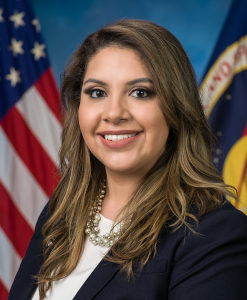 Alicia Cortés, from Houston, Texas, is a flight controller for the International Space Station at NASA’s Johnson Space Center. Among other tasks, she provides support integrating, operating, and maintaining the space station’s computer system, network access, and electrical functionality. She also gathers information in the structural load of the station to help conduct engineering analyses.
Alicia Cortés, from Houston, Texas, is a flight controller for the International Space Station at NASA’s Johnson Space Center. Among other tasks, she provides support integrating, operating, and maintaining the space station’s computer system, network access, and electrical functionality. She also gathers information in the structural load of the station to help conduct engineering analyses.
Cortés earned a bachelor’s degree in computer engineering from the University of Houston in Texas and a master’s degree in engineering management from the University of Houston-Clear Lake.
In her free time, she volunteers as a court-appointed advocate to abused and neglected children in Harris County, Texas. Cortés also mentors children in her nearby school district, helping kids address personal, school, and home issues that may discourage them from reaching their potential.
____
NASA’s Human Research Program, or HRP, pursues the best methods and technologies to support safe, productive human space travel. Through science conducted in laboratories, ground-based analogs, and the International Space Station, HRP scrutinizes how spaceflight affects human bodies and behaviors. Such research drives HRP’s quest to innovate ways that keep astronauts healthy and mission-ready as space travel expands to the Moon, Mars, and beyond.



























